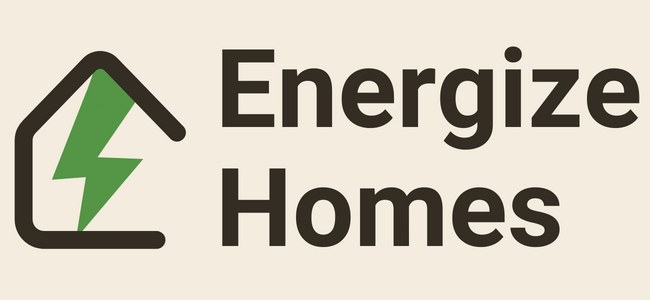Heat Pumps in Older Homes and Unique Architectures
Older homes and those with unique architectural features can benefit from heat pumps, but special attention must be paid to insulation, air infiltration, and the specific type of heat pump to ensure optimal energy efficiency.
Introduction
Heat pumps have gained much attention in the world of residential energy efficiency, but homeowners often wonder whether they are suitable for older homes or structures with unique architectural features. This article will delve deep into the compatibility, benefits, and challenges of installing heat pumps in such settings, breaking down complex HVAC terminology and explaining energy coefficients for a thorough understanding.
Types of Heat Pumps and Their Basic Mechanics
Air-Source Heat Pumps
- Working Principle: Extract heat from ambient air
- COP (Coefficient of Performance): 3.2 on average
- Compatibility: High
Ground-Source Heat Pumps
- Working Principle: Extract heat from the ground
- COP: 4.0 on average
- Compatibility: Moderate to Low
Older Homes: Insulation and Air Infiltration
Insulation
Older homes often lack adequate insulation, leading to higher thermal transmittance (U-value). This makes it difficult for heat pumps to maintain a stable indoor temperature.
Air Infiltration
Due to gaps in construction and old sealing methods, older homes are more prone to air infiltration. This can affect the Seasonal Energy Efficiency Ratio (SEER) of the heat pump.
Retrofitting
It’s important to consider adding extra insulation and sealing gaps to improve the home’s overall thermal envelope before installing a heat pump.
Unique Architectural Features: Challenges and Opportunities
High Ceilings
Unique architectural elements like high ceilings can create stratification issues, meaning the heat will rise and collect at the top. In such cases, a Variable Refrigerant Flow (VRF) system may be more appropriate.
Complex Layouts
Unique layouts may require ductless mini-split systems instead of a centralized heat pump to ensure optimal heat distribution.
Historic Preservation
In historical homes, external modifications may be limited, making discreet installation of outdoor units a challenge.
Conclusion
So, can older homes or those with unique architectural features benefit from heat pumps? Yes, but there are numerous considerations like insulation, air infiltration, and architectural complexities that need to be addressed to ensure optimal performance. Measures like retrofitting for better insulation and choosing the appropriate type of heat pump can make it a feasible and energy-efficient heating and cooling solution for such homes.
